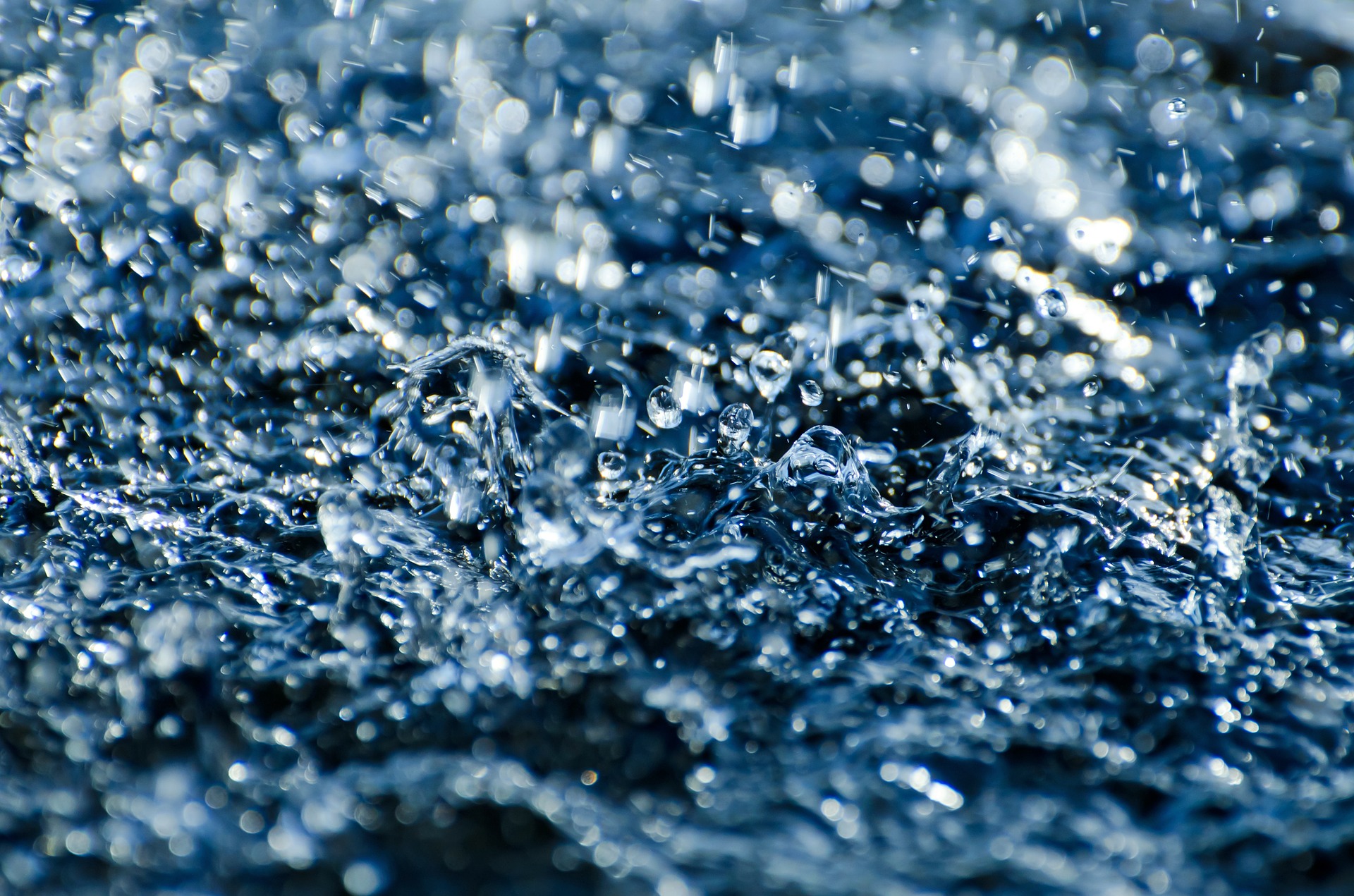Like most Sacramentans on Sunday, I was out in the pouring rain raking leaves out of the street gutters, trying to keep water from coming into the house during our record day of rainfall.
Every year during moderate to heavy storms, I like to joke that I live on “Lake 3rd Avenue” as the narrower street gutters of an older neighborhood and a large volume of leaves dropping on the streets combine to form large puddles of water on every street corner.
You can imagine how big the puddles were on Sunday, when 5.44 inches of rain fell in a 24 hour period in downtown Sacramento – breaking a record going back to the Gold Rush era.
As if like clockwork, state water bureaucrats filled the airwaves to caution Californians not to get too giddy about the massive downpour.
“Not a drought buster,” was the headline in the Sacramento Bee.
Before the storm, Jeanine Jones of the California Department of Water Resources told the Associated Press, “people should not think about drought ‘as being just this occasional thing that happens sometimes, and then we go back to a back to a wetter system.’”
“We are really transition to a drier system so, you know, dry becomes the new normal,” she concluded.
Dry is perhaps the new normal in California, but not necessarily because Mother Nature hasn’t sent sufficient rainstorms to the West Coast in recent years. We’ve been suffering through painful droughts because of the action – or in this case inaction – of politicians and bureaucrats.
Yes, the 2021-22 state budget includes a “$5.2 billion water and drought resilience” package, which over a three year period would “support immediate drought response and long-term water resilience.” While there is some infrastructure money in the Governor’s plan, the money mainly goes to other areas like wildlife and habitat restoration.
But real action on new statewide water infrastructure has been stuck in neutral since 2014.
Back then, California voters approved a statewide water bond measure that included $2.7 billion specifically earmarked by lawmakers to build two new above-ground water storage projects. Both have been mired in bureaucracy ever since, and the California Water Commission is still sitting on the funds.
Speaking of the 2014 water bond negotiations, former Assembly Minority Leader Connie Conway (who in full disclosure I worked for at the State Capitol), echoed this point earlier this year at PRI’s 3rd Annual “California Ideas in Action” Conference.
“When we’re letting this water flow out and we’re not capturing it, and we’re not helping cities and we’re not helping communities and hurting agriculture . . . our stinginess with water is denying this basic human right to clean water that is one of the basic tenets of California law.”
In his PRI book Winning the Water Wars, Steven Greenhut explores this tension between what he calls policies that manage scarcity rather than promote abundance. He boils down the tensions between these competing visions of California’s water future to a simple choice.
“Does the state want to build the infrastructure and embrace the other innovations and policies needed to provide us all with plenty of affordable water? Or does it prefer a world of scarcity and skyrocketing prices, where government planners issue rationing edicts and farmers must let vast acreage go fallow?”
When Northern California receives record amounts of rainfall in a single day, but it doesn’t make much of a difference in alleviating a painful statewide drought, the answer to that question is obvious.
Tim Anaya is the Pacific Research Institute’s senior director of communications and the Sacramento office.


